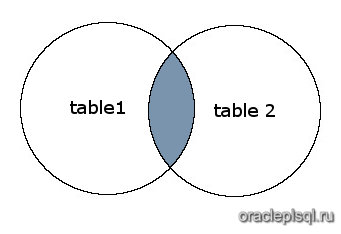
Putting them side-by-side is much easier than flipping through different tabs/windows: name

The easiest way to imagine this is taking two separate tables and smashing them together, so that they're side-by-side.īelow are two baby name tables, one from 1980 and the other from 2014. The purpose of a JOIN query is to bring together two tables. The next lesson looks at LEFT JOINs – which share the same syntax but give us the ability to find when things are missing from tables. This lesson focuses on the overall syntax of joins and the most common type of join: INNER JOIN.
#Sqlite inner join example how to#
Now you should understand how the SQL INNER JOIN clause works and know how to apply it to query data from multiple tables.For the data journalist, joins are the feature that completely justify the jump from spreadsheets to databases.Ī JOIN is done through yet another clause of a SELECT statement – and so expect things to get even more cluttered.
#Sqlite inner join example code#
INNER JOIN departments d ON d.department_id = e.department_idĮ.department_id IN ( 1, 2, 3) Code language: SQL (Structured Query Language) ( sql ) The following query uses the inner join clauses to join 3 tables: employees, departments, and jobs to get the first name, last name, job title, and department name of employees who work in department id 1, 2, and 3. The following database diagram illustrates the relationships between employees, departments and jobs tables: The relationship between the jobs table and the employees table is one-to-many.

SQL INNER JOIN 3 tables exampleĮach employee holds one job while a job may be held by many employees. Notice that both employees and departments tables have the same column name department_id, therefore we had to qualify the department_id column using the syntax table_lumn_name. If the condition partment_id = partment_id is satisfied, the combined row that includes data from rows in both employees and departments tables are included in the result set. To combine data from these two tables, you use an inner join clause as the following query: SELECTĭepartments ON partment_id = partment_idĮpartment_id IN ( 1, 2, 3) Code language: SQL (Structured Query Language) ( sql )įor each row in the employees table, the statement checks if the value of the department_id column equals the value of the department_id column in the departments table. To get the information of employees who work in the department id 1, 2 and 3, you use the following query: SELECTĭepartment_id Code language: SQL (Structured Query Language) ( sql ) Notice that we used the IN operator in the WHERE clause to get rows with department_id 1, 2 and 3. SELECTĭepartment_id IN ( 1, 2, 3) Code language: SQL (Structured Query Language) ( sql ) To get the information of the department id 1,2, and 3, you use the following statement. The department_id column in the employees table is the foreign key column that links the employees to the departments table. The relationship between the departments and employees is one-to-many. We will use the employees and departments tables from the sample database to demonstrate how the INNER JOIN clause works.Įach employee belongs to one and only one department while each department can have more than one employee. 1) Using SQL INNER JOIN to join two tables example Let’s take some practical examples of using the INNER JOIN clause. INNER JOIN C ON C.n = A.n Code language: SQL (Structured Query Language) ( sql ) SQL INNER JOIN examples The INNER JOIN clause can join three or more tables as long as they have relationships, typically foreign key relationships.įor example, the following statement illustrates how to join 3 tables: A, B, and C: SELECT This condition is called join condition i.e., B.n = A.n The condition to match between table A and table B is specified after the ON keyword. The INNER JOIN clause appears after the FROM clause. INNER JOIN B ON b = a Code language: SQL (Structured Query Language) ( sql ) The following statement illustrates the inner join clause: SELECT a Suppose the columns in the A and B tables are a and b. If a row is matched, it is included in the final result set. For each row in table A, the inner join clause finds the matching rows in table B.


 0 kommentar(er)
0 kommentar(er)
